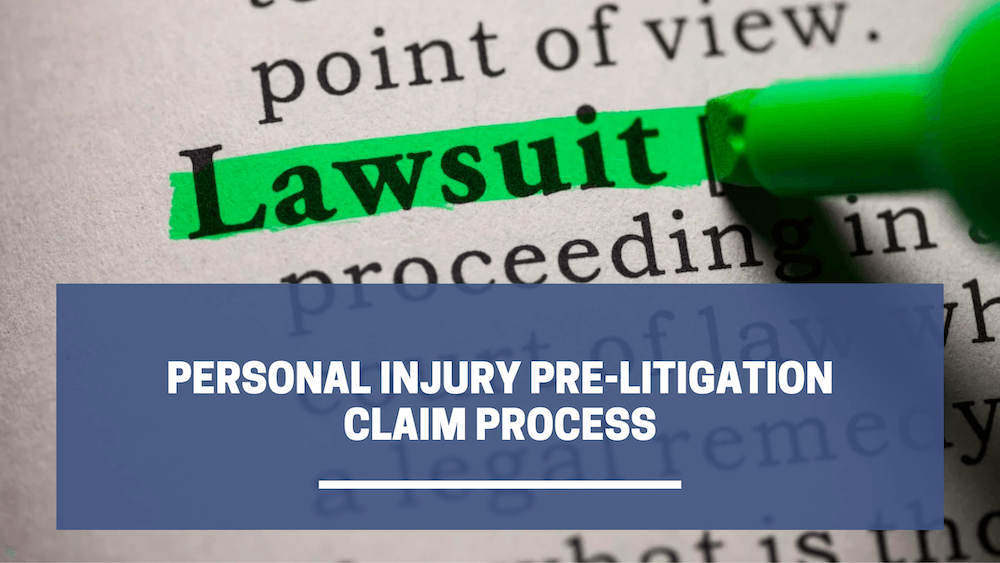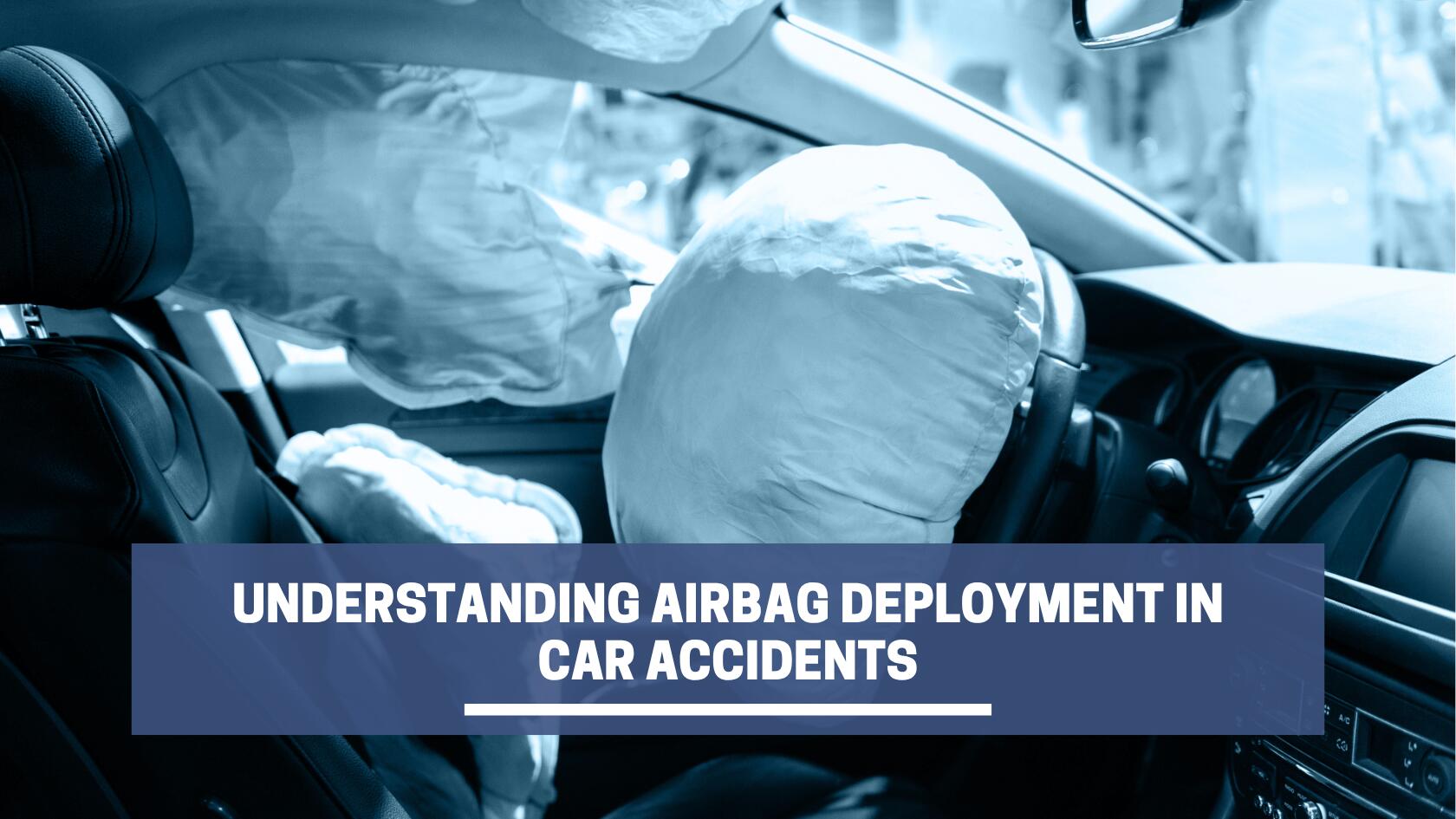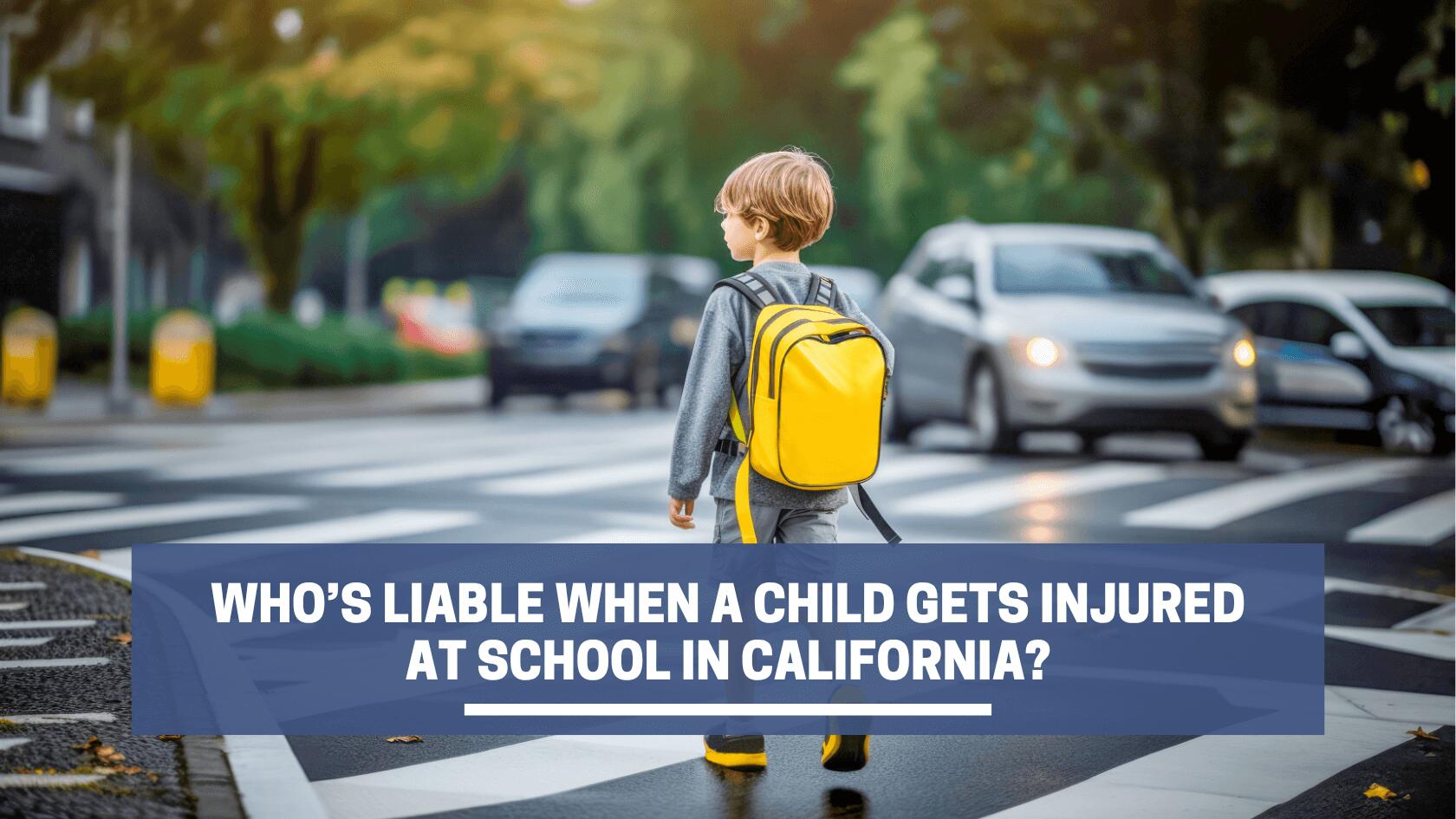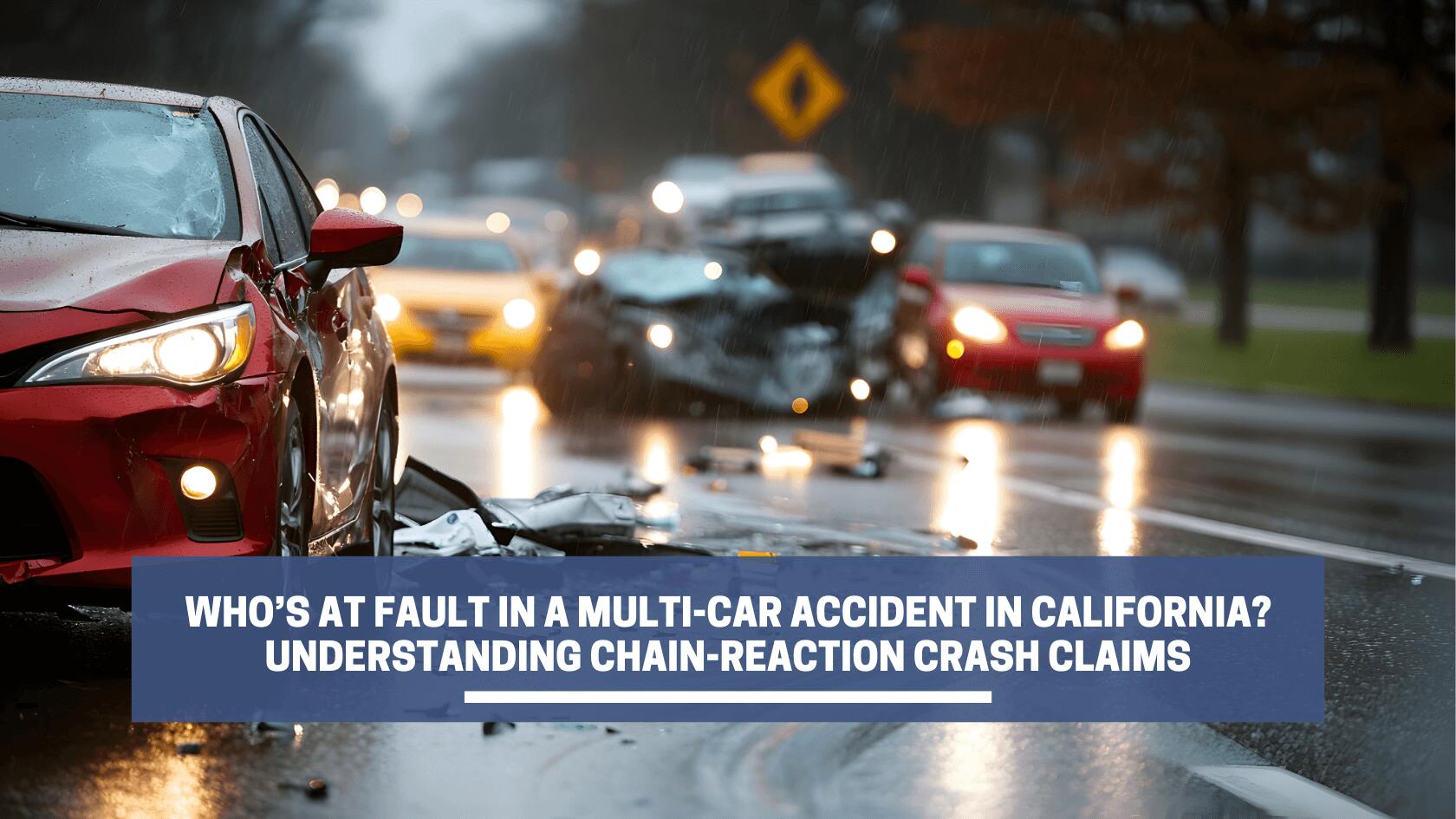After a personal injury case begins, such as a car accident, a slip and fall, product liability, or a workplace accident, you will enter the pre-litigation claims process.
Pre-litigation claims take place after the incident and before a potential lawsuit.
Understanding what happens during this phase of your case is crucial to navigating associated legal processes, negotiating with the at-fault party, and obtaining fair compensation for your damages.
What is Pre-Litigation?
In a personal injury case, the pre-litigation claims process starts immediately after the incident has occurred. It begins when either the injured party or a legal representative, such as a lawyer, notifies the at-fault party and their representatives of the accident and their intention to claim damages.
While hiring a personal injury lawyer is not necessary to initiate this phase, they can serve as your pre-litigation case manager and help you navigate the process. An attorney can provide expert advice and legal guidance, informing you of your options and making recommendations during every step of the claims procedure, improving your chances of receiving fair compensation.
Personal injury attorneys will also represent you and your interests if you cannot reach a pre-litigation settlement agreement and decide to sue the at-fault party in court.
Steps of a Pre-Litigation Claims Process
The pre-litigation claims process follows several steps, during which the parties involved in a personal injury case must fulfill various legal obligations. While this process is sometimes called the “pre-suit,” it may not necessarily lead to a lawsuit. Many personal injury cases end with a pre-litigation settlement instead.
Typical steps in the pre-litigation process for accident victims include the following:
1. Initial Consultation
As soon as possible after your accident and after receiving medical attention, contact an experienced personal injury lawyer to initiate a consultation. During this consultation, your lawyer will review your case, determine whether you have a valid legal claim, and discuss potential legal strategies to recover damages from the at-fault party.
2. Evidence Gathering
You must collect as much relevant evidence and documentation regarding the case to establish liability against the other party. Your lawyer can help you determine the types of evidence you’ll need and assist you in gathering them. Evidence commonly collected to build a personal injury claim includes:
- Photographs of the injuries
- Police report describing the incident
- Medical records relating to the injured party’s injuries
- Witness statements of the incident
If the at-fault party isn’t known from the outset, the evidence-gathering phase can involve identifying which parties were liable for the incident. For example, if you were injured in a car accident, your lawyer will help you examine the facts to identify the at-fault driver.
3. Notifying the At-Fault Party
Once you have collected enough evidence and identified the parties at fault in the case, your lawyer can help you draft a pre-litigation complaint with the at-fault party’s insurance provider. This document is known as a pre-litigation demand letter and contains the following information:
- Date, time, and location of the incident
- A summary of the injuries you sustained during the incident
- A list of medical treatments you received or are currently receiving
- The total amount of damages directly resulting from the incident, including medical expenses, property damage, lost wages, bills, and pain and suffering
- Reasons explaining why the at-fault party is responsible for your damages
- Arguments explaining why the insurance provider should pay for the damages
For example, if you suffer injuries in a pedestrian accident, your demand letter will detail when it happened and the extent of your injuries and damages. It will also establish their liability by describing which laws or traffic rules the at-fault party has broken and how they resulted in your injuries.
4. Negotiations Between Your Lawyer and the Insurers
After receiving the demand letter, the insurance provider will conduct its own internal investigation to assess the case. Most insurers will respond by sending a counteroffer with a lower value than that specified in the initial demands.
As the injured party, the best practice is to let your lawyer handle the negotiations during this stage. They will represent your interests, using negotiation tactics or presenting additional evidence to help you get a fair settlement.
While discussing settlement strategies with your lawyer is a good idea, each case is unique. During your ongoing pre-litigation case, follow your lawyer’s advice regarding making statements, signing documents, or posting online. Follow all the medical advice and treatments you’ve received and keep documenting relevant records.
What Can Happen After Pre-Litigation Negotiations?
Once negotiations between your lawyer and the at-fault party’s insurance provider end, the pre-litigation claim process ends. This can mean you have reached a settlement with the insurer, or if a settlement cannot be agreed upon, you may initiate a lawsuit against the at-fault party or their insurer.
Reaching a Settlement Agreement
If your lawyer’s negotiations are successful and the at-fault party’s insurers reach an agreement, they will proceed with drafting a settlement agreement.
This document is a type of contract designed to resolve the claim. It contains a complete set of terms, conditions, and other settlement details for both parties, including the negotiated compensation amounts, payment terms, and other obligations.
Once you and the at-fault party have signed the agreement, it becomes legally binding. Your lawyer can help you review the legal implications contained in the document, explain the potential responsibilities and consequences involved, and advise on whether it is a fair offer. However, it is ultimately your choice whether to accept a settlement.
Entering Pre-Litigation Mediation
If the negotiations have reached an impasse, your lawyer may recommend you seek alternative dispute resolution (ADR) methods, such as pre-litigation mediation.
Pre-litigation mediation involves a mediator who acts as a neutral third party. The primary purpose of a mediator is to assist you and the at-fault party in reaching a mutually agreeable outcome.
During mediation proceedings, your lawyer will continue advising you, prepare you for mediation sessions, and develop a negotiation strategy tailored to your needs and objectives. Successful mediation can result in a settlement agreement and the drafting of a corresponding document.
Suing the At-Fault Party
If you and your lawyer have exhausted all other avenues to negotiate a settlement, or if the at-fault party refuses to engage in the litigation process, you still have the option to sue them.
Your personal injury lawyer will assess your case’s legal merits, review the evidence and claims against the at-fault party, and advise whether to pursue the lawsuit. If you wish to proceed, your lawyer will help you build a legal strategy and assist you with drafting and filing the required documents.
During the lawsuit process, your lawyer serves as your legal advocate. They will explore all available options to resolve the case, including avenues to settle or resume pre-litigation negotiations. Depending on your financial situation, your lawyer may advise you on whether to seek pre-settlement litigation funding, which is an advancement on your potential damage award and can help pay for immediate expenses.
If your case goes to court, your lawyer will build the legal arguments and defense needed to support your claim, protect your rights, and obtain compensation on your behalf.
Seek Expert Legal Advice During the Pre-Litigation Phase
If you were involved in an accident or a personal injury case in California, it is critical to have strong, competent legal representation during the pre-litigation phase.
Seeking the legal expertise of a California pre-litigation attorney is crucial to protect your rights. They have the skills and resources to help you navigate the pre-litigation process, build your case, advocate for your interests when dealing with the at-fault party’s representatives, and get the compensation you deserve.











